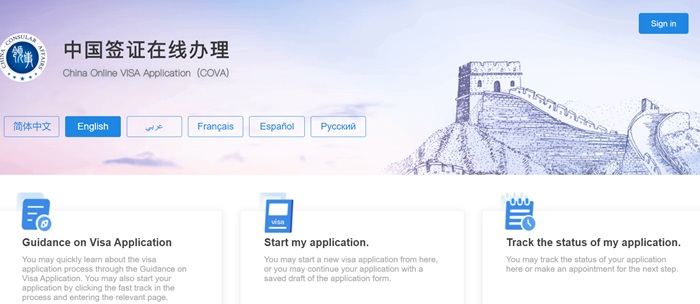A Chinese visa is a legal document issued by Chinese authorities that grants foreign nationals permission to enter, stay, or transit through China for a specified purpose and period of time. The process of applying for a Chinese visa can appear complicated at first glance, but once broken down into key steps, it becomes more manageable. Applicants must first determine the type of visa they require, as China offers a range of visas including tourist visas, student visas, work visas, and business visas. Each category has unique requirements that align with the purpose of the applicant’s visit.
The application process begins with accurately completing the official application form, which is usually submitted online or through a Chinese consulate or embassy. Applicants are expected to provide essential personal details, passport information, travel itinerary, and supporting documents. It is important to ensure that the passport has at least six months of remaining validity and sufficient blank pages for the visa stamp. Errors or omissions in this initial stage may result in delays or outright rejections, which is why meticulous attention to detail is critical for success.
Preparing Required Documentation for a Successful Application
Documentation is the foundation of any chinese visa application. Depending on the visa category, applicants may need to submit invitation letters, hotel reservations, flight bookings, proof of financial stability, or an admission notice from a Chinese university. For those seeking a work visa, a work permit or government-issued employment license is mandatory. Students are typically asked to provide proof of enrollment, while business travelers must present invitation letters from registered Chinese organizations.
It is equally important to provide recent passport-sized photographs that meet the official requirements, as poorly formatted or outdated photos can lead to unnecessary delays. Financial documents such as bank statements, pay slips, or sponsorship letters may also be required to demonstrate the applicant’s ability to cover expenses during their stay. Submitting clear, legible, and authentic documents significantly increases the chances of approval. Many applicants underestimate the importance of this stage, but providing complete and accurate paperwork is often the difference between approval and rejection.
Navigating the Submission and Interview Process
Once the documents are in order, the next step is to submit the application at a Chinese visa application service center, embassy, or consulate, depending on the applicant’s country of residence. Some countries require applicants to schedule an appointment online before visiting the consular office, while others accept walk-ins. During submission, applicants may need to provide biometric information such as fingerprints, which has become standard practice in many locations.
In certain cases, applicants may be asked to attend an interview with consular officers. These interviews are typically straightforward and aim to verify the purpose of the trip, the applicant’s background, and the authenticity of the documents provided. Honesty and confidence are essential during the interview process. Consular staff may inquire about the applicant’s travel plans, professional history, or source of funds. A calm, respectful approach helps establish credibility and reassures the authorities that the applicant’s intentions align with the visa type requested.
Understanding Processing Times Fees and Possible Outcomes
Processing times for Chinese visas vary depending on the applicant’s location, the type of visa applied for, and the volume of applications at the time. Standard processing usually takes four to five business days, but expedited services may be available at an additional cost for those with urgent travel plans. Fees also vary based on the applicant’s nationality, visa type, and number of entries requested. Multiple-entry visas generally cost more than single-entry visas, and payment is usually required at the time of submission.
Applicants should be prepared for different possible outcomes. While many applications are approved without issue, there is always a possibility of rejection if the documents are incomplete, fraudulent, or fail to meet the official requirements. In such cases, applicants may reapply after addressing the deficiencies or clarifying the discrepancies noted by the consulate. Understanding that a rejection is not necessarily permanent helps applicants remain patient and persistent. Keeping track of processing timelines, retaining submission receipts, and responding promptly to any queries from the consulate ensures a smoother overall experience.
Tips for a Smooth and Stress Free Visa Application Experience
Applying for a Chinese visa can be daunting, but a strategic approach can simplify the process and reduce stress. The most effective strategy is to begin preparations well in advance of the planned travel date. Early preparation allows sufficient time to gather required documents, schedule appointments, and address unexpected complications without disrupting travel plans. Applicants should also familiarize themselves with the official website of the Chinese embassy or consulate in their country, as this is the most reliable source of up-to-date requirements and policy changes.
Another valuable tip is to double-check all information provided on the application form, as inconsistencies between documents and form entries are a common cause of delays. Seeking professional assistance from visa agencies may also be beneficial, especially for applicants who are applying for the first time or those with complex cases. Maintaining a positive and organized attitude throughout the process can transform the visa application journey into a structured, predictable task rather than a stressful challenge. With careful planning and adherence to guidelines, obtaining a Chinese visa becomes a smooth and achievable goal.










